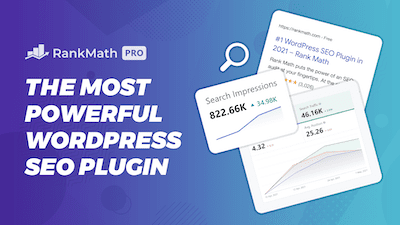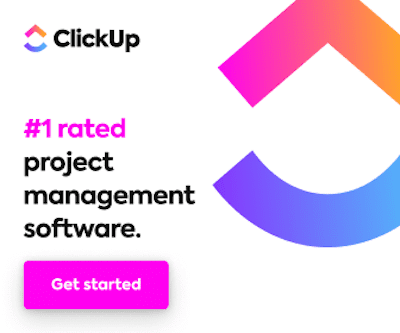Hello everyone! I want to take a moment to address a question that many new website owners have: What is the Google Sandbox, and why does it affect my website’s appearance on Google search results?
What is the Google sandbox?
When you launch a new website, you might expect it to show up on Google right away. After all, Google seems to know everything on the internet, right? Unfortunately, that’s not the case. Your website needs to be discovered by Google first. This discovery process happens through a method known as crawling, where Google follows countless links on the web. Alternatively, you can speed up the process by submitting your website to Google Search Console.
However, even after submitting your website to Google Search Console, you might notice that your website isn’t immediately indexed. This phenomenon is often attributed to the “Google Sandbox.” Officially, Google denies the existence of a “sandbox,” but evidence suggests that new websites face an initial probationary period before gaining Google’s trust.
Consider the vast number of websites launched daily, many of which are spammy, low-quality, or short-lived. Google, understandably, doesn’t want to waste time on such sites. As a result, new websites essentially enter a probationary period where Google assesses their credibility and quality. Only after this assessment will Google consider ranking your website for specific keywords. Keep in mind that being indexed doesn’t necessarily guarantee high rankings or even that you’ll rank for your targeted keywords.
To check if your website is indexed by Google, simply type “site:yourwebsite.com” into the search bar. If no results appear, Google hasn’t indexed your site yet.
How long does it take to escape the Google Sandbox?
So, how long does it take to escape the Google Sandbox? There isn’t a one-size-fits-all answer. The time frame depends on your industry, the keywords your website targets, and the quality of your content. Websites in sensitive niches like medicine or law might take longer, as Google requires more trust for these areas. Well-established websites with a history of credibility often have their content indexed and ranked quickly. For newer sites, the process is typically slower.
To speed up the process, I recommend setting up a Google Search Console account. Not only does it facilitate quicker indexing, but it also allows you to monitor your website’s performance and track its rankings for specific keywords.
Are you a visual learner? Then, check out my video titled “What is the Google Sandbox” from my YouTube channel.
Frequently asked questions (FAQ)
Do you still have questions? Below are some of the most commonly asked questions about site search.
What is the Google Sandbox?
The Google Sandbox is an alleged probationary period that Google imposes on new websites. During this time, your site may not appear in search results, or it may be ranked lower than expected. Google has never officially confirmed the existence of the Sandbox, but many website owners believe that it is part of Google’s efforts to filter out low-quality or spammy sites.
How long does the Google Sandbox last?
The duration of the Google Sandbox varies depending on factors such as your website’s niche, content quality, and targeted keywords. It can last anywhere from a few weeks to several months. Highly competitive or sensitive niches, like medical or legal fields, might experience longer Sandbox periods.
How do I know if my website is in the Google Sandbox?
If you’ve recently launched a new website and it’s not appearing in Google’s search results despite having high-quality content and proper SEO optimization, you might be in the Google Sandbox. You can check if your website is indexed by searching for “site:yourwebsite.com” in Google. If no results show up, your site likely hasn’t been indexed yet.
How can I get out of the Google Sandbox?
There’s no surefire way to “escape” the Google Sandbox, but you can improve your chances by creating high-quality, original content, building authoritative backlinks, engaging with your audience, and following best practices for SEO. You should also set up a Google Search Console account and submit your website for quicker indexing.
Conclusion
In conclusion, while the Google Sandbox might seem like a daunting barrier for new websites, rest assured that with time and effort, you’ll eventually overcome it. Be patient and persistent in delivering high-quality content.
If you haven’t already, make sure to incorporate site search functionality into your website. You could be missing out on valuable insights and potential opportunities if you don’t have a search bar somewhere on your site.
That concludes this article. What do you think? Let me know in the comments below (I read and reply to every comment). If you found this helpful, check out my full blog and subscribe to my YouTube channel. Thanks for reading!








